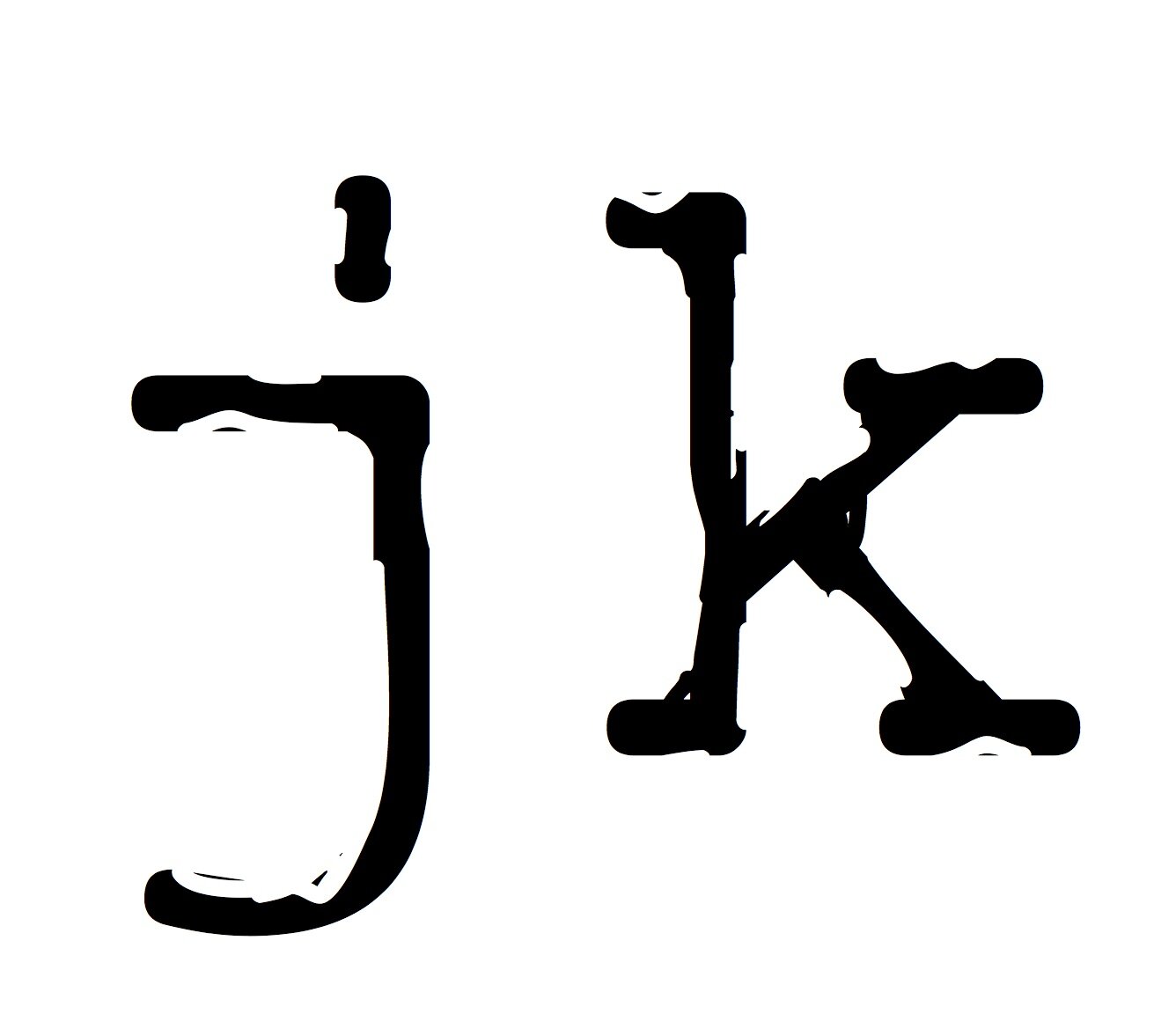Roger Rabbit & The Downfall of the Jedi
One of the problems Jeffrey Price and Peter Seaman faced in writing the screenplay for Who Framed Roger Rabbit was dealing with cartoon logic in a city with people.
Toons are two-dimensional in a three dimensional world. Couldn’t they always get away? Where are the dramatical consequences?
Then comes the scene where Roger and Eddie are handcuffed together. Eddie starts to saw the handcuffs and Roger slips out of the handcuffs to hold the box still. Eddie asks if Roger could have gotten out of the cuffs at any point and Roger says that he could only do it when it was funny.
By establishing the rule the writers made the parameters of the world clear to the audience. Toons can be two-dimensional and escape when it’s funny.
There might have been reasons later to break the rule – other obstacles in the script and story – but that would come at the detriment of the world they’d worked hard to build.
When we work within limitations that we set ourselves, we rely on our inspiration and creativity to find solutions. This makes the story work. There are problems we could get around by breaking our own rules. But these rules keep us honest as writers. It forces us to find an answer that draws from the world we’ve written.
And that brings us to the downfall of the Jedi.
It seems that in every new Star Wars film there’s a new thing that The Force can do. Luke projecting himself across the Universe. Leia traveling through space. Defeated foes not really being dead.
There’s no consequence if we can change the rules. Life and death isn’t really life and death.
[...there are a lot of arguments around the lore and continuity I don’t want to get into… let’s just focus on the writing…]
It would make for stronger writing if, instead of something novel and thrilling that we hadn’t seen before, there’s a limit of what The Force can do and another solution in the story was found.
Charlie Chaplin stopped the production of City Lights for months because he couldn’t find a way to make the blind girl think that the Tramp was rich. Others around the production urged him to make the Tramp speak – solve the problem with dialogue. Easy. And why not? Almost all the big films were talkies by 1930.
Chaplin refused to do it – this would break the rules that Chaplin had established for the character and that world of films. When he found the device – having her hear a car door slam, thinking it was the Tramp’s car – then the solution not only pushed his creativity but made the story stronger because it kept the integrity of the rules of the story already in place.
Limitations make us better writers. These limits make us digger deeper into the story for solutions that are entwined with the story itself. Sure, there are times to rethink creative choices. But if you’re doing it just to get out of a sticky situation then you have more problems with your story than just that scene.
